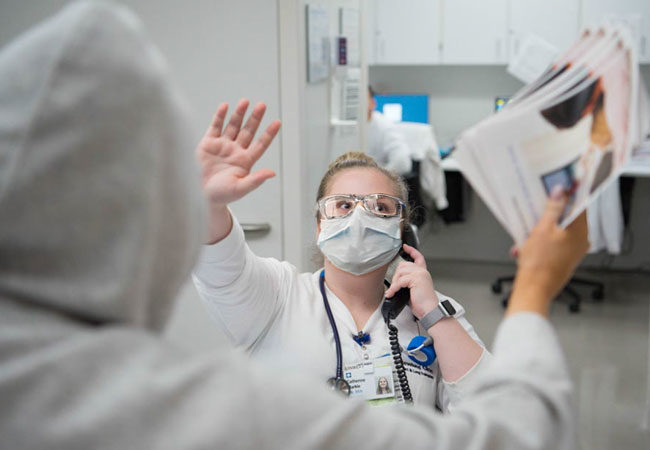PLX Academy · News · 20 June 2022

Healthcare workers: Preventing hospital violence
“Up to 38% of healthcare workers suffer physical violence at some point in their careers. Many more are threatened or exposed to verbal aggression. Categories of health workers most at risk include nurses and other staff directly involved in patient care, emergency room staff and paramedics.Violence against health workers is unacceptable” – according to the WHO.
Recent studies indicate that in the last two years, 44% of nurses reported being subject to physical violence and 68% reported verbal abuse. Nurses have been bitten, punched and strangled with stethoscopes, “all while just trying to provide basic care to patients,”Todd Haines, a member of the Emergency Nurses Association, said. Most violence is perpetrated by patients and visitors.
These experiences impact the individual caregiver, who may suffer from both physical and psychological trauma, and they can also disrupt care when providers fear for their personal safety. These types of incidents also consume hospital and health system resources that may impact care available for other patients. The Pandemic amplified violence against healthcare workers, particularly in emergency departments that are now busier and seeing longer waiting times.
According to the World Health Organization – Health workers are at high risk of violence all over the world. Between 8% and 38% of health workers suffer physical violence at some point in their careers. Many more are threatened or exposed to verbal aggression. Categories of health workers most at risk include nurses and other staff directly involved in patient care, emergency room staff and paramedics.
“Violence against health workers is unacceptable.It has not only a negative impact on the psychological and physical well-being of health-care staff, but also affects their job motivation. As a consequence, this violence compromises the quality of care and puts health-care provision at risk. It also leads to immense financial loss in the health sector.Interventions to prevent violence against health workers in non-emergency settings focus on strategies to better manage violent patients and high-risk visitors. Interventions for emergency settings focus on ensuring the physical security of healthcare facilities. More research is needed to evaluate the effectiveness of these programmes, in particular in low-resource settings”.
The American Hospital Association and seven other national hospital organizations recently voiced support for the Safety from Violence for Healthcare Employees (SAVE) Act – that would give healthcare workers legal protection against assault and intimidation. “In addition to offering federal level protection to healthcare workers, we appreciate that the SAVE Act would provide grants to hospitals for programs to help reduce the incidence of violence in our care settings,” said the organization in a letter of support. “These grants could be used for training hospital personnel, coordinating with state and local law enforcement and purchasing of equipment or technology that will assist in creating a safer environment.”
